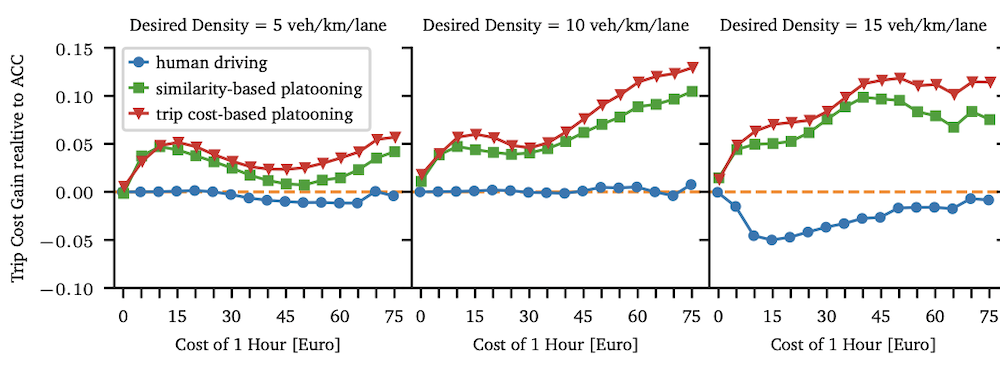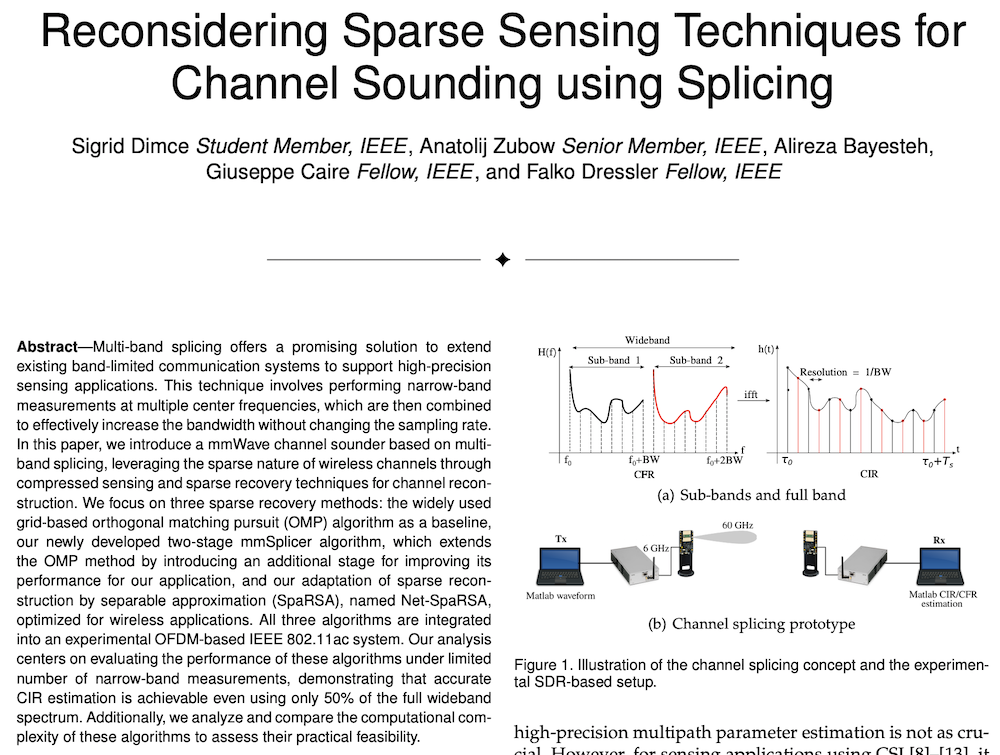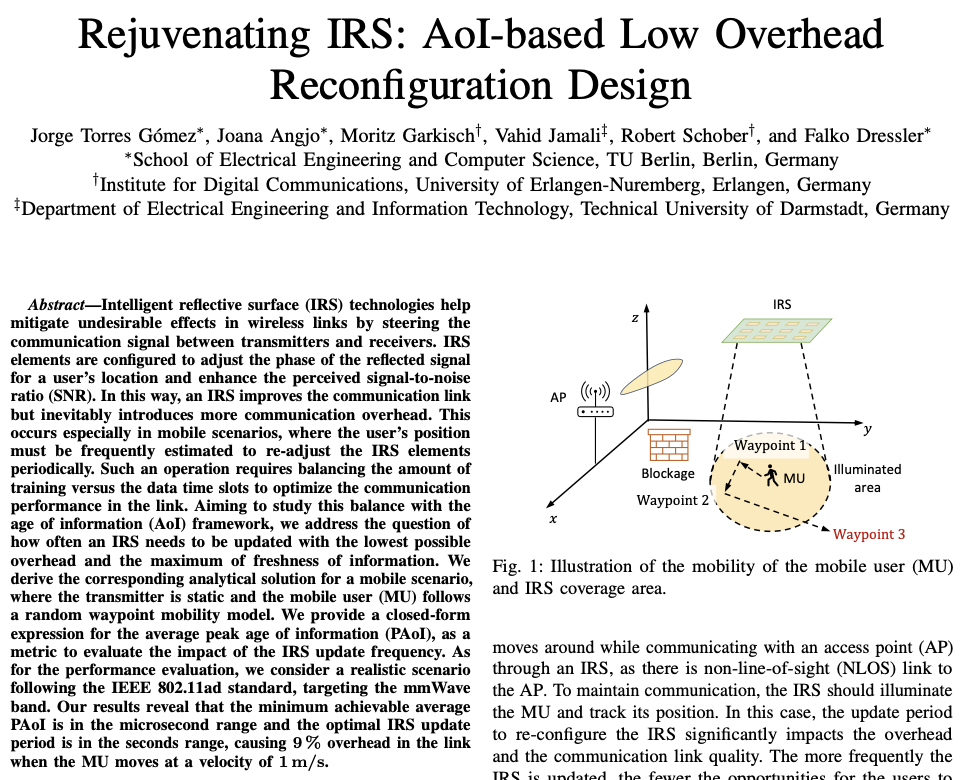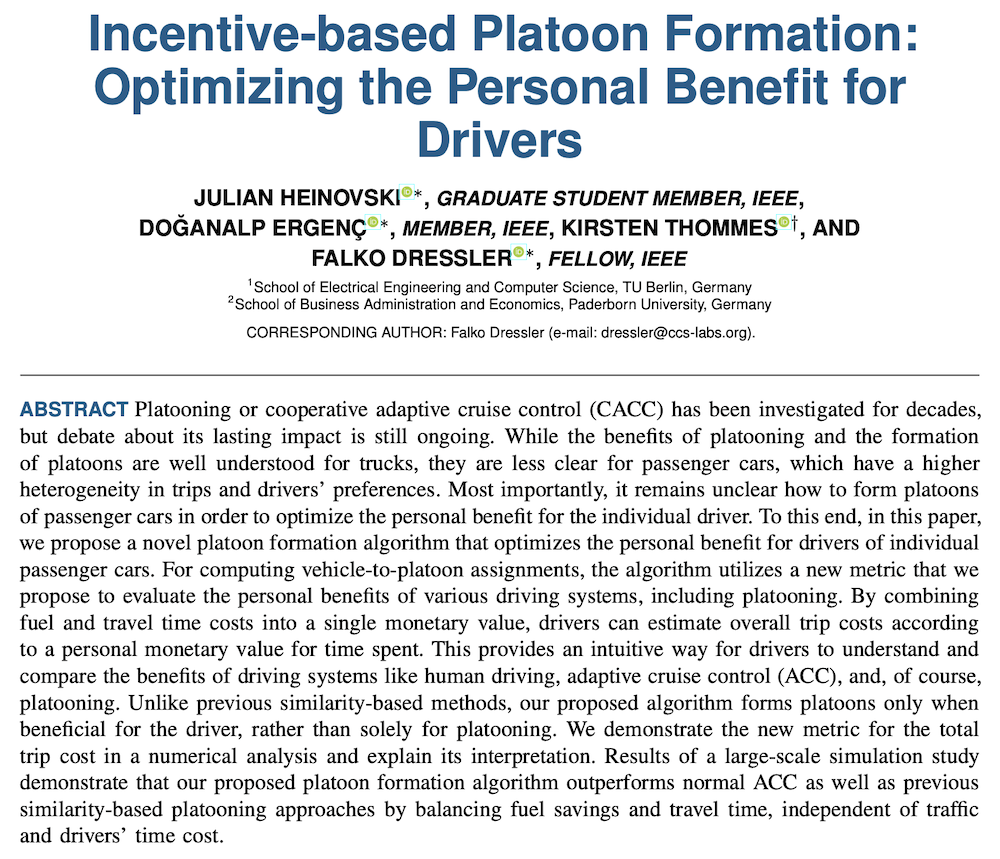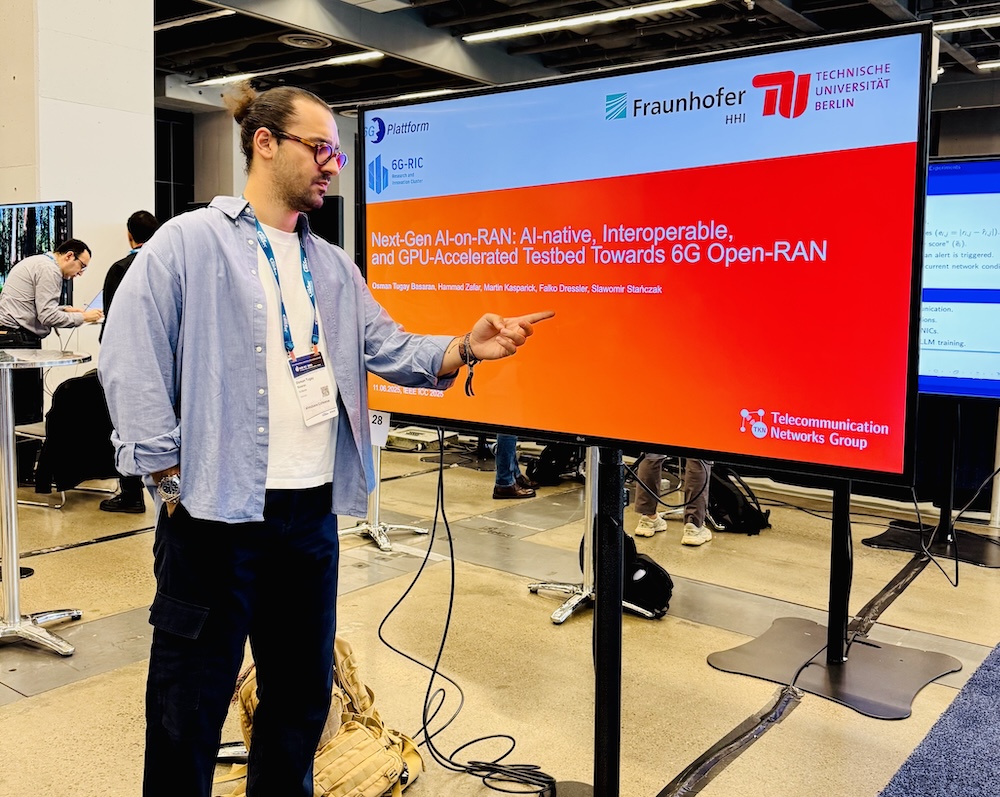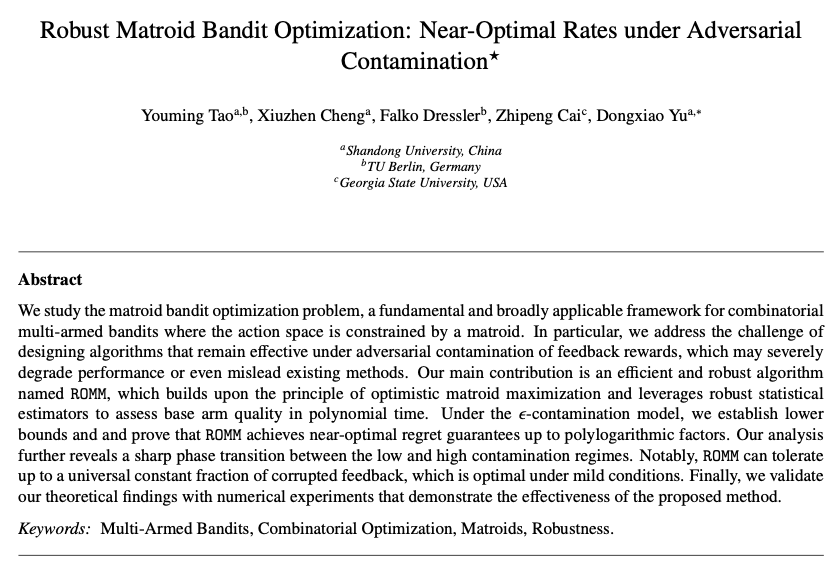Literature Database Entry
zubow2023towards
Anatolij Zubow, Agon Memedi and Falko Dressler, "Towards Hybrid Electronic-Mechanical Beamforming for IEEE 802.11ad," Proceedings of 18th IEEE/IFIP Conference on Wireless On demand Network Systems and Services (WONS 2023), Madonna di Campiglio, Italy, January 2023, pp. 88–91.
Abstract
Electronical beamforming (EBF) is an enabling tech- nology for millimeter-wave (mmWave)-based communication; it is used by standards like IEEE 802.11ad known as WiGig. As WiGig commercial off-the-shelf solutions must be inexpensive, the EBF cannot be freely controlled; instead the beamforming is chosen from a small set of preconfigured configurations, which limits its gain. In this paper, we propose hybrid WiGig (hWiGig), which provides an additional mechanical steering on top of the WiGig’s EBF by enabling physical rotation of the mmWave antenna array. A proof of concept prototype is implemented and used to quantify its gain. Experimental results reveal a large improvement in terms of throughput, especially in NLOS environments with a gain of up to 13.4×. Moreover, random strategies which test only a few physical orientations achieve still high performance gain which underlines hWiGig practical relevance.
Quick access
Original Version ![]() (at publishers web site)
(at publishers web site)
Authors' Version ![]() (PDF on this web site)
(PDF on this web site)
BibTeX ![]()
Contact
Anatolij Zubow
Agon Memedi
Falko Dressler
BibTeX reference
@inproceedings{zubow2023towards,
author = {Zubow, Anatolij and Memedi, Agon and Dressler, Falko},
doi = {10.23919/WONS57325.2023.10062285},
title = {{Towards Hybrid Electronic-Mechanical Beamforming for IEEE 802.11ad}},
pages = {88--91},
publisher = {IEEE},
address = {Madonna di Campiglio, Italy},
booktitle = {18th IEEE/IFIP Conference on Wireless On demand Network Systems and Services (WONS 2023)},
month = {1},
year = {2023},
}
Copyright notice
Links to final or draft versions of papers are presented here to ensure timely dissemination of scholarly and technical work. Copyright and all rights therein are retained by authors or by other copyright holders. All persons copying this information are expected to adhere to the terms and constraints invoked by each author's copyright. In most cases, these works may not be reposted or distributed for commercial purposes without the explicit permission of the copyright holder.
The following applies to all papers listed above that have IEEE copyrights: Personal use of this material is permitted. However, permission to reprint/republish this material for advertising or promotional purposes or for creating new collective works for resale or redistribution to servers or lists, or to reuse any copyrighted component of this work in other works must be obtained from the IEEE.
The following applies to all papers listed above that are in submission to IEEE conference/workshop proceedings or journals: This work has been submitted to the IEEE for possible publication. Copyright may be transferred without notice, after which this version may no longer be accessible.
The following applies to all papers listed above that have ACM copyrights: ACM COPYRIGHT NOTICE. Permission to make digital or hard copies of part or all of this work for personal or classroom use is granted without fee provided that copies are not made or distributed for profit or commercial advantage and that copies bear this notice and the full citation on the first page. Copyrights for components of this work owned by others than ACM must be honored. Abstracting with credit is permitted. To copy otherwise, to republish, to post on servers, or to redistribute to lists, requires prior specific permission and/or a fee. Request permissions from Publications Dept., ACM, Inc., fax +1 (212) 869-0481, or permissions@acm.org.
The following applies to all SpringerLink papers listed above that have Springer Science+Business Media copyrights: The original publication is available at www.springerlink.com.
This page was automatically generated using BibDB and bib2web.

